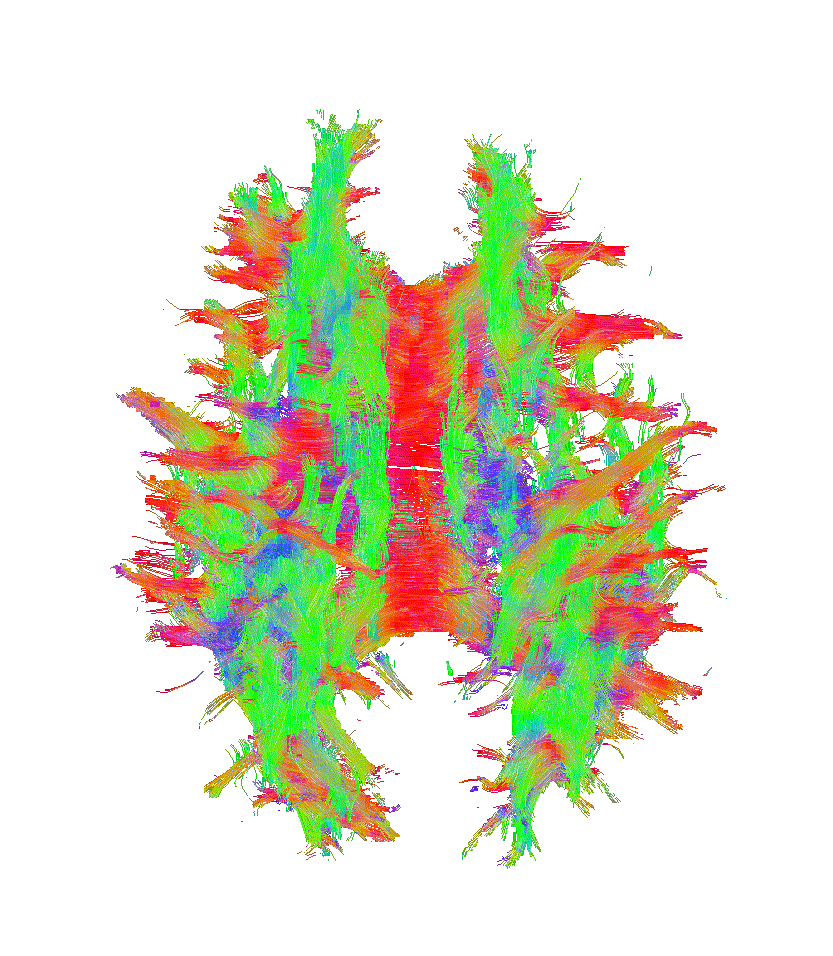Specialized MRI Technique Creates `Super-Scans` of the Brain
Posted on 18 Dec 2023
Susceptibility Tensor Imaging (STI) is a specialized MRI technique that can measure the magnetic susceptibility of various brain tissues. This process involves quantifying how these tissues become magnetized in an MRI scanner's magnetic field. Such detailed information is crucial in enhancing understanding, diagnosis, and monitoring of neurological diseases like multiple sclerosis (MS) and Alzheimer's disease. Researchers have now made a significant advancement by developing DeepSTI, a new algorithm that gathers data from multiple scans to produce a comprehensive "super-scan" of the brain. This scan offers precise information about brain tissue susceptibility. Remarkably, DeepSTI requires fewer images and head positions than conventional STI, thus streamlining the process for patients.
Developed by researchers at Johns Hopkins University (Baltimore, MD, USA), this algorithm creates a detailed 3D map of the brain's magnetic susceptibility. Its primary breakthrough lies in its capacity to measure critical brain tissue components, such as myelin and iron, with fewer scans. Monitoring changes in these tissues is essential for characterizing the type, stage, or progression of neurological diseases. For instance, DeepSTI can visualize myelin changes in MS patients using data from a single head orientation scan.

DeepSTI leverages machine learning, particularly an approach known as regularization, which narrows the range of possible solutions to the most accurate ones. The model uses special regularizers, informed by previous scan data, to guide it towards optimal brain reconstructions. These data-driven regularizers lead the model to the most plausible solution for each new scan set. This machine learning-enhanced algorithm is poised to make STI a more practical imaging choice for clinicians and radiologists by reducing scan duration and enhancing image quality.
"Usually, STI imaging requires at least six different scans at different head orientations to achieve a good reconstruction, and that's mainly why it's not currently broadly used despite its potential to understand the human brain," said senior author Jeremias Sulam, an assistant professor of biomedical engineering. "Our AI-assisted reconstructions greatly expand the amount of useful information that can be gleaned while requiring much less data, and we hope that will help move this imaging technique from lab to clinic."
Related Links:
Johns Hopkins University






 Guided Devices.jpg)







